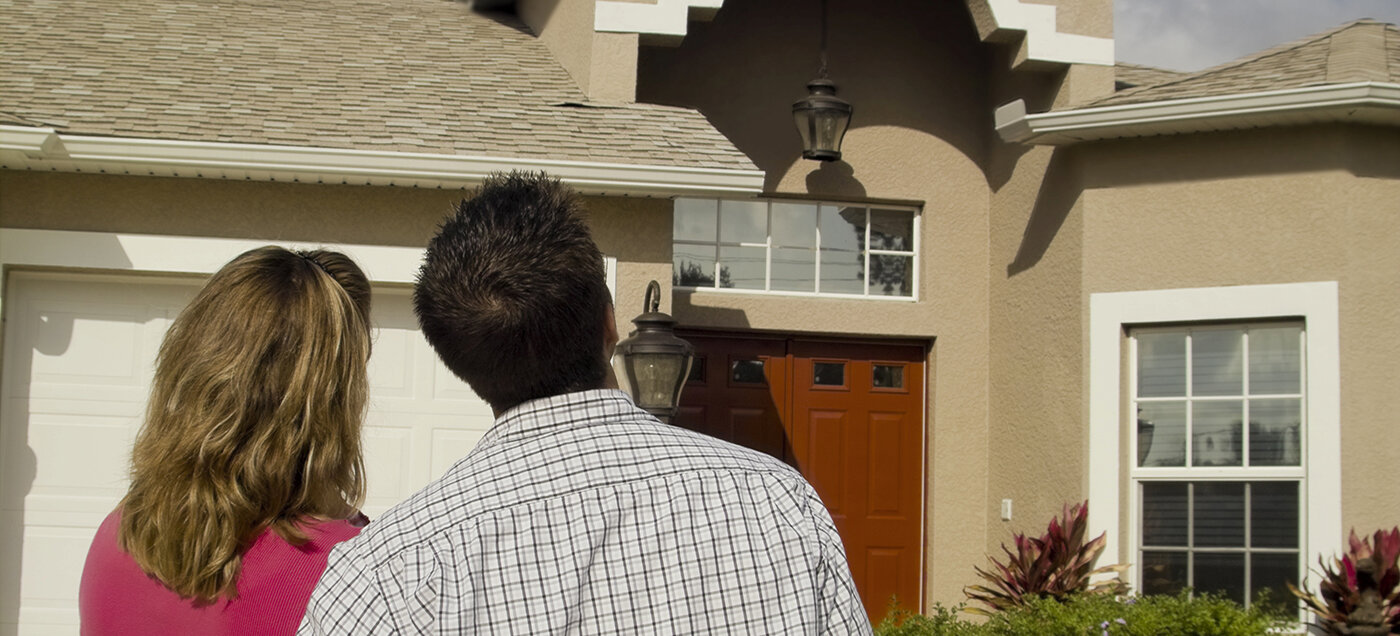
Share of first-time buyers has contracted by 50 percent since 2007
The share of first-time homebuyers in the U.S. has fallen to a record low of 21 percent in 2025, while the typical age of a first-time buyer has reached an all-time high of 40 years, according to the National Association of Realtors’ (NAR) 2025 Profile of Home Buyers and Sellers. The findings highlight how rising home prices, high mortgage rates, and a chronic shortage of housing are reshaping the path to homeownership for millions of Americans.
“The historically low share of first-time buyers underscores the real-world consequences of a housing market starved for affordable inventory,” said Jessica Lautz, NAR’s deputy chief economist and vice president of research. “The share of first-time buyers has contracted by 50 percent since 2007–right before the Great Recession. The implications are staggering. Today’s first-time buyers are building less housing wealth and will likely have fewer moves over a lifetime as a result.”
Lautz described the current market as “a tale of two cities”–where buyers with substantial equity can make large down payments or all-cash offers, while newcomers struggle to compete.
For decades, homeownership has been a primary vehicle for building household wealth and creating intergenerational financial security. The widening affordability gap threatens that legacy.
“Delayed or denied homeownership until age 40 instead of 30 can mean losing roughly $150,000 in equity on a typical starter home,” said Shannon McGahn, NAR’s executive vice president and chief advocacy officer. “FHA and VA programs have long helped millions achieve homeownership and move into the middle class. We need to build on that success with policies that directly address the root causes of today’s affordability crisis.”
McGahn urged policymakers to expand housing supply by easing zoning restrictions, unlocking underused properties, modernizing construction methods, and incentivizing existing homeowners to sell. “Commonsense reforms like these can help restore affordability, opportunity, and the dream of homeownership for future generations,” she said.
According to the report, the typical first-time buyer in 2025 is 40 years old and makes a median down payment of 10 percent–the highest level since 1989. Most draw on personal savings, while others rely on financial assets such as 401(k)s, stocks, or cryptocurrency. Roughly one in five receive gifts or loans from family and friends.
Repeat buyers are older, with a median age of 62, and typically put down 23 percent on their next home. About 30 percent purchase entirely in cash, underscoring the advantage that accumulated equity gives established homeowners.
Across all buyers, the median age is now 59. Only 24 percent have children under 18 living at home–the lowest share ever recorded. Fourteen percent of buyers purchased multigenerational homes, down from 17 percent a year earlier. Among these households, 41 percent cited caring for aging parents as the main reason, followed by cost savings and accommodating adult children returning home.
Sellers are also holding onto properties longer. The typical home seller has lived in their property for 11 years, the longest tenure on record, and moved an average of 30 miles, slightly less than last year. Half of sellers purchased newer homes after selling, while roughly one-third opted for larger properties.
With first-time homeownership at a historic low and affordability stretched to extremes, NAR’s 2025 report captures a pivotal moment in the U.S. housing market–one in which the traditional path to the American Dream has never seemed further out of reach.
Sign Up Free | The WPJ Weekly Newsletter
Relevant real estate news.
Actionable market intelligence.
Right to your inbox every week.
Real Estate Listings Showcase
Please visit:
Our Sponsor
